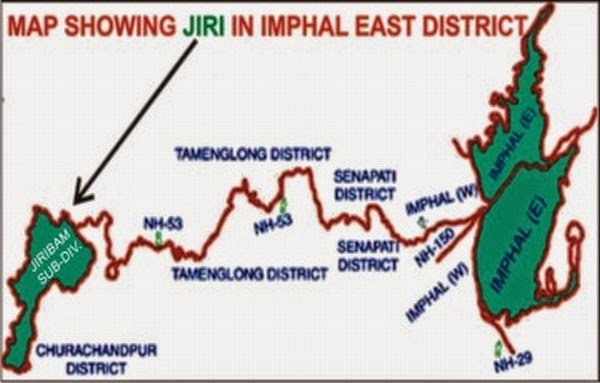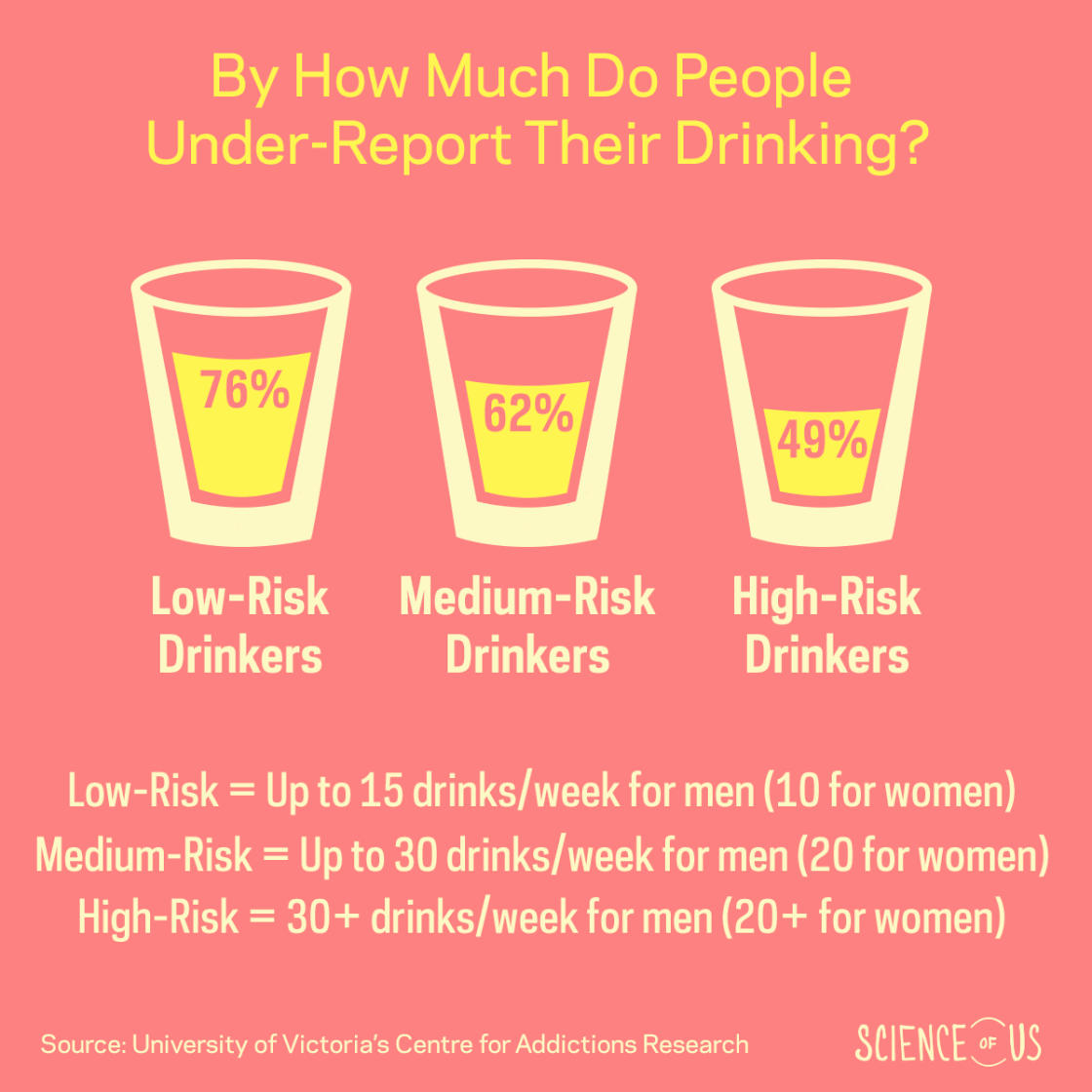Silchar, Jun 11 : Jiribam, located near the Manipur-Assam border, has demanded that the government upgrade it to a district.
A subdivision of Manipur's Imphal East district and an assembly segment under the Outer Manipur Lok Sabha seat, Jiribam is located 226 km away from the district headquarters and 214 km away from Imphal.
Addressing a seminar organized by All Jiribam Working Journalists' Union at Jiribam on 'Jiribam: Its Development and Prospects,' social activist and former controller of Manipur University A K Ranjan Singh said, "Jiribam will be developed only if it's upgraded to a full-fledged revenue district. This has been a longstanding demand of the people of Jiribam."
Singh added there should be a mini-secretariat and office of the district magistrate or deputy commissioner in Jiribam so that people don't have to travel 226 km to reach the district headquarters. "There's no government college in Jiribam in spite of a population of more than 43,000," he said.
Under such circumstances, there is no alternative to agitating for a separate district, Singh said.
Other speakers who said Jiribam should be upgraded to a district included Jiri College professors L Jamini Kanta Singh and O Radheshyam Singh, M S Jaman, writer Irengbam Arun Singh and social activist Dhanabir Laishram.
The speakers said, though Jiribam is only a five-hour drive from Imphal, the journey takes more than eight hours because of the poor condition of the Silchar-Imphal national highway.
Travel between Jiribam and the district headquarters is equally difficult. This has led to a growing feeling of alienation in the region.
Sources said a cabinet decision in August, 2006, agreed to award district status to Jiribam.
The proposal was subsequently sent to the Delimitation Commission of India in September, 2006.
The commission also approved the proposal, but there was no follow-up since.
A subdivision of Manipur's Imphal East district and an assembly segment under the Outer Manipur Lok Sabha seat, Jiribam is located 226 km away from the district headquarters and 214 km away from Imphal.
Addressing a seminar organized by All Jiribam Working Journalists' Union at Jiribam on 'Jiribam: Its Development and Prospects,' social activist and former controller of Manipur University A K Ranjan Singh said, "Jiribam will be developed only if it's upgraded to a full-fledged revenue district. This has been a longstanding demand of the people of Jiribam."
Singh added there should be a mini-secretariat and office of the district magistrate or deputy commissioner in Jiribam so that people don't have to travel 226 km to reach the district headquarters. "There's no government college in Jiribam in spite of a population of more than 43,000," he said.
Under such circumstances, there is no alternative to agitating for a separate district, Singh said.
Other speakers who said Jiribam should be upgraded to a district included Jiri College professors L Jamini Kanta Singh and O Radheshyam Singh, M S Jaman, writer Irengbam Arun Singh and social activist Dhanabir Laishram.
The speakers said, though Jiribam is only a five-hour drive from Imphal, the journey takes more than eight hours because of the poor condition of the Silchar-Imphal national highway.
Travel between Jiribam and the district headquarters is equally difficult. This has led to a growing feeling of alienation in the region.
Sources said a cabinet decision in August, 2006, agreed to award district status to Jiribam.
The proposal was subsequently sent to the Delimitation Commission of India in September, 2006.
The commission also approved the proposal, but there was no follow-up since.


















